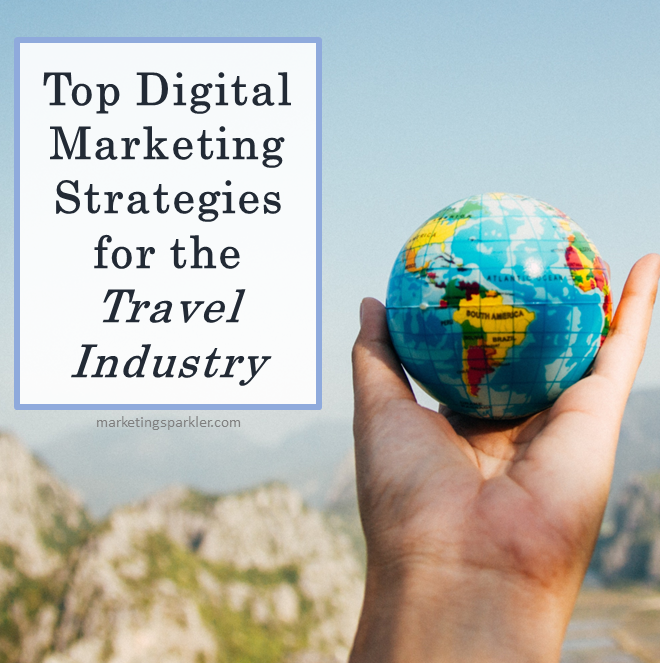Competition in the travel industry is fierce post-COVID. Therefore, travel agencies must embrace digital marketing strategies and evolve with the changing landscape to position their businesses for success. Moreover, people constantly seek the best destinations, making standing out from competitors essential.
According to Google, about 55% of thrill seekers embark on one or two trips annually, with many putting in much effort to enjoy memorable travel experiences. Here are a few ways businesses in the travel sector can boost growth with digital marketing strategies.
Top Digital Marketing Strategies For The Travel Industry
1. Update your travel website with relevant content
Your travel website is one thing you don’t want to overlook. It should paint a unique picture of your brand, allowing audiences to easily discover your company. Updating your travel blog with quality and fresh content can give your business a competitive edge, helping attract customers.
Consider using tools like Google Trends to determine the popular searches in specific seasons, and use these ideas to curate relevant content for your website. Like search engines, readers value unique, meaningful, and original posts.
Ensure your blog conveys exciting features of destinations. Compelling images and videos can encourage an emotional connection, helping market desirable locations to potential customers.
2. Establish a strong social media presence
Social networks are key platforms for the travel industry. Travel firm Arriva reported that one-third of travelers used social media to find inspiration for vacations in 2022. Both industries co-exist by letting people share their experiences. Facebook, TikTok, Instagram, and Twitter are great platforms you can leverage.
Boosting your travel company’s social media presence will allow you to share captivating content with the audiences, creating chances to inspire potential customers to make a booking.
3. Embrace local SEO and partner with brands promoting tourism
One way to encourage tourism to rural destinations is to embrace local SEO campaign strategies. Listing your business on Google My Business will help you create destination awareness and improve online visibility in the local market.
Another idea is to seek support from local partners promoting tourism, so keep this in mind. For example, If you live in tourist hubs like British Colombia, CA, you may want to consider options like the Fort St. John funding programs to promote tourism to the rural town.
4. Run location-targeted ads
Travel enthusiasts may engage when they come across ads showing their dream destinations. Design creative ones with messages that acknowledge customers’ location to improve engagement and conversion rates.
For example, you can design two or more ads on flights to various locations, optimizing them according to the origin or geography of each user.
5. Influencer marketing
Work with influencers to promote destinations via sponsored posts or partnerships. They usually have a large following across multiple platforms, enabling travel and tourism brands to advertise their business to a larger audience.
Influencers are also good at creating visually appealing content, including photos and videos to showcase travel destinations engagingly. You may also host special events to give them first-hand experience of your luxury offerings.
Ciao,
Miss Kemya


